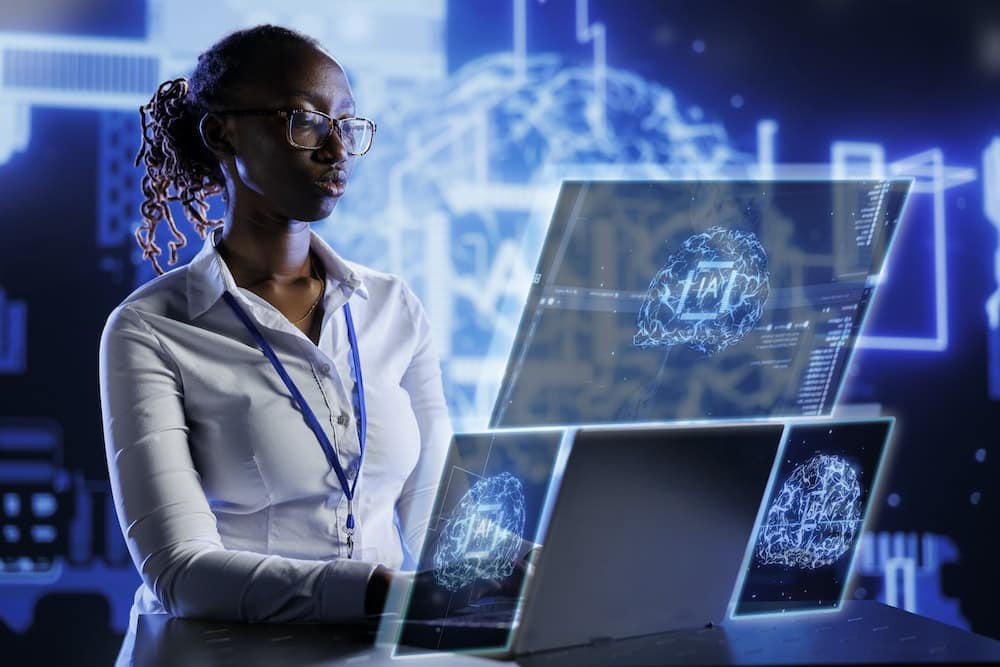What are the different types of artificial intelligence?

Today, artificial intelligence tools are significantly impacting the way we conduct our daily business. They perform tasks with excellent efficiency and exceptional speed that would not be possible for humans. However, creativity and human emotion are incredibly unique and specific aspects, extremely complex to reproduce in a machine. AI technologies are classified based on parameters like their ability to mimic human characteristics, the technology they use to achieve this, their real-world applications and theory of mind. This guide offers you the main types of artificial intelligence.
Artificial Narrow Intelligence (ANI)
Also called weak AI, artificial narrow intelligence (ANI) is the only type of artificial intelligence successfully achieved to date. You can click on https://www.mychatbotgpt.com/ to have more details on the principle of weak artificial intelligence functionalities.
Dans le meme genre : Some basic tips for wearing your jewelry well
Indeed, weak AI is oriented towards a specific goal. It has been designed to perform specific tasks such as voice recognition/voice assistants, facial recognition, internet search, driving a car, etc. It is very intelligent in accomplishing the specific task it is programmed to do.
Although the various machines may appear intelligent, they operate within a narrow set of limitations and constraints. This is why this type of artificial intelligence is commonly called weak AI. It does not imitate or reproduce human intelligence. It only simulates human behavior based on a small range of contexts and parameters.
A découvrir également : Can we predict earthquakes with advanced technology?
Artificial general intelligence (AGI)
Also called deep AI or strong AI, artificial general intelligence (AGI) represents the concept of a machine with general intelligence that mimics human intelligence and/or behaviors, with the ability to learn and apply his intelligence in order to resolve any difficulty. Deep artificial intelligence can understand, think and act in a way indistinguishable from that of a human being in a specific situation.
Deep AI uses an artificial intelligence framework based on theory of mind, referring to the ability to discern the beliefs, needs, thought processes of other intelligent people, and emotions. The goal of artificial intelligence, at the theory of mind level, is not to reproduce or simulate, but to train machines to truly understand humans.
Artificial Superintelligence (ASI)
Artificial superintelligence (ASI) represents hypothetical AI that does more than imitate or understand the intelligence and behavior of humans. ASI is where machines become self-aware while surpassing the capacity of human intelligence and ability.
She has long been considered the muse of dystopian science fiction in which robots invade, overthrow and/or enslave humanity. The concept of artificial superintelligence sees AI evolving to become so close to human experiences and emotions. She not only understands them, but also arouses desires, emotions, beliefs and needs of her own.
In summary, artificial intelligence, with its different forms, is shaping our future at an incredible pace. It is therefore important for us to understand these distinctions to better anticipate future advancements while wisely navigating the ever-changing environment.
